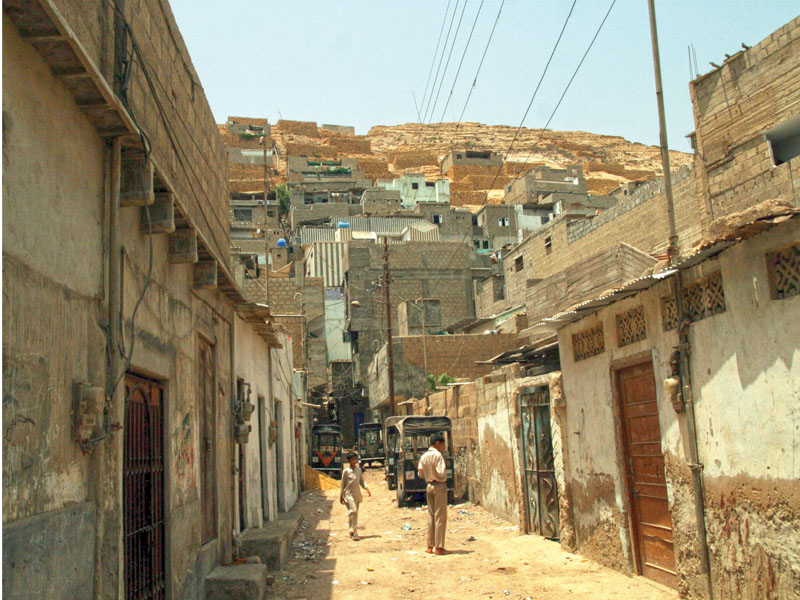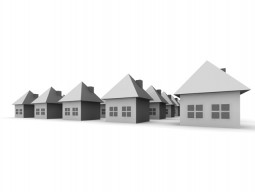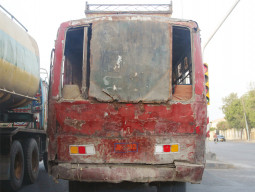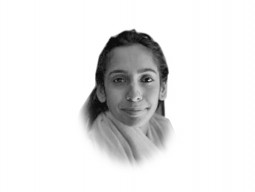
These days, there is much talk about building ‘urban resilience’, mostly within the context of climate change. Before we go about building resiliency, however, it is crucial to understand what the term means within the context of a city.
There are many definitions of a resilient city. One feature, however, that seems to stand out is strength — making communities and cities stronger against destabilising forces that put their citizens and structures at risk.

According to Judith Rodin, the president of the Rockefeller Foundation, USA, resilience could stand for different things across a variety of disciplines. All these disciplines are, however, linked to the ability of a system or individual to withstand shocks while still maintaining its essential functions. Resilience also refers to the ability to recover quickly and effectively from a catastrophe and the capability of enduring greater stress. Humans are not born resilient — we learn resilience, adapt it and improve upon it. The same is true for organisations, systems, and societies.
Risk is a function of hazard and vulnerability. If we look at the case of Karachi, both in terms of vulnerable people and assets, the city is exposed to all the possible climate change hazard scenarios — urban flooding, drought, extreme heat and rising sea levels. People settled in high-risk zones are the most vulnerable. These are the squatter settlements and coastal communities, showing low social indicators and which are not protected by any government-provided social or financial security nets.
Critical public services and financially critical installations such as port facilities and military installations are located in high-risk zones while emergency response systems like healthcare and firefighting facilities are grossly inadequate to meet high-scale disaster situations.

The NYS 2100 commission was formed in the aftermath of the super storm, Sandy, which struck New York City in the year 2012, causing massive loss of life and property. The body was tasked to come up with recommendations to improve the strength and resilience of the city’s infrastructure.
The commission came up with a very holistic and comprehensive set of recommendations that can serve as a model for a city like Karachi. They decided not just to restore what was there before, but to build back better and smarter. Specific recommendations for resilience focused on five main areas: transportation, energy, land use, insurance, and infrastructure finance.
Other than the identification of short-term and long-terms projects, there was strong focus on creating opportunities to integrate resilience planning, protection and development approaches into New York’s economic development decisions and strategies. The commission also proposed reforms in the area of investment, insurance and risk-management, relating to natural disasters and other emergencies. Policies were suggested to encourage the use of green and natural infrastructure, to promote integrated planning and develop criteria for integrated decision-making for capital investments.
A possible resilience framework for Karachi, encompassing all key stakeholders, would have to start with an assessment of the existing status. The central role would have to be parked with the city government.
While the city government takes the key role, a number of stakeholders would have to form an integral part of the resilience-planning process. For this purpose, an institutional forum can be instituted. Critical stakeholder composition will come from relevant government agencies, private sector, businesses, civil society, academia, economists and planning and development practitioners.
The process would need to start with a larger visioning process, leading to the establishment of short, medium and long term goals. A strictly enforced monitoring and evaluation regime has to be incorporated in the overall implementation process. Most importantly, the city government has to be truly empowered to steer and coordinate the process as the true guardians of the city.
A plan for Karachi
Initiate a dialogue between the communities, relevant government organisations, civil society groups and other stakeholders on defining the larger vision, goals and key elements of a resilience framework
Develop a demand and acceptance by raising awareness regarding the risks associated with climate change and the benefits that can be accrued by building resilience capacity
Determine and profile the resilience status and capacity of communities and institutions to identifying strengths, weaknesses and gaps in the resilience capacity.
Farhan Anwar is an urban planner and runs a non-profit organization based in Karachi city focusing on urban sustainability issues. He can be reached at:
fanwar@sustainableinitiatives.org.pk <mailto:fanwar@sustainableinitiatives.org.pk>
Published in The Express Tribune, May 5th, 2014.
COMMENTS (2)
Comments are moderated and generally will be posted if they are on-topic and not abusive.
For more information, please see our Comments FAQ



































































@Parvez- Very True..
The article is good and well intentioned, but until and unless the concept of ' lets earn from Karachi ' but live in Dubai does not go....nothing good will happen. With all that is happening Karachi still thrives.......if that's not resilience.....what is ? What Karachi needs is a massive dose of good governance so that it becoms a little less resilient and more ' civilised ' ( for want of a more appropriate word ).